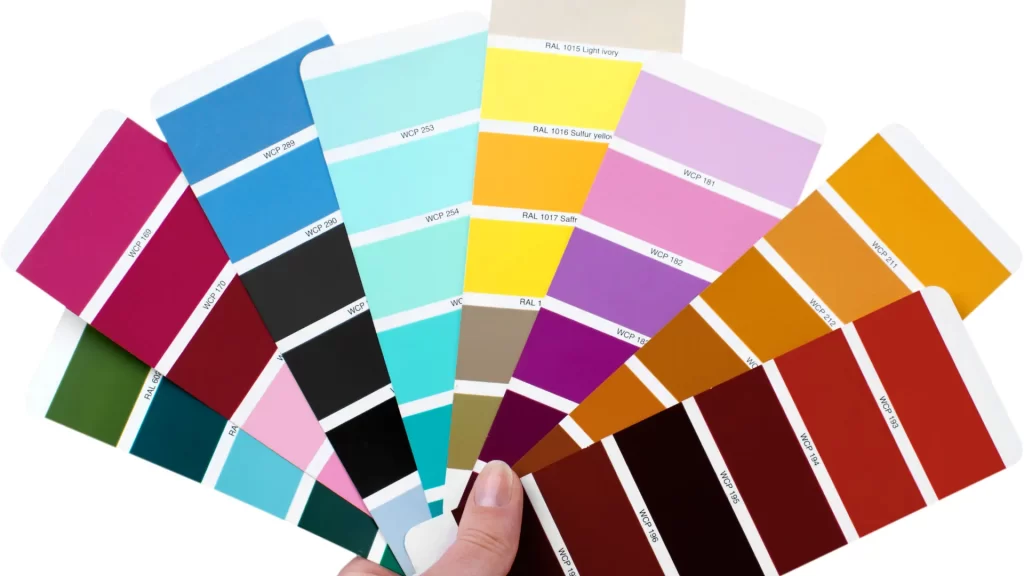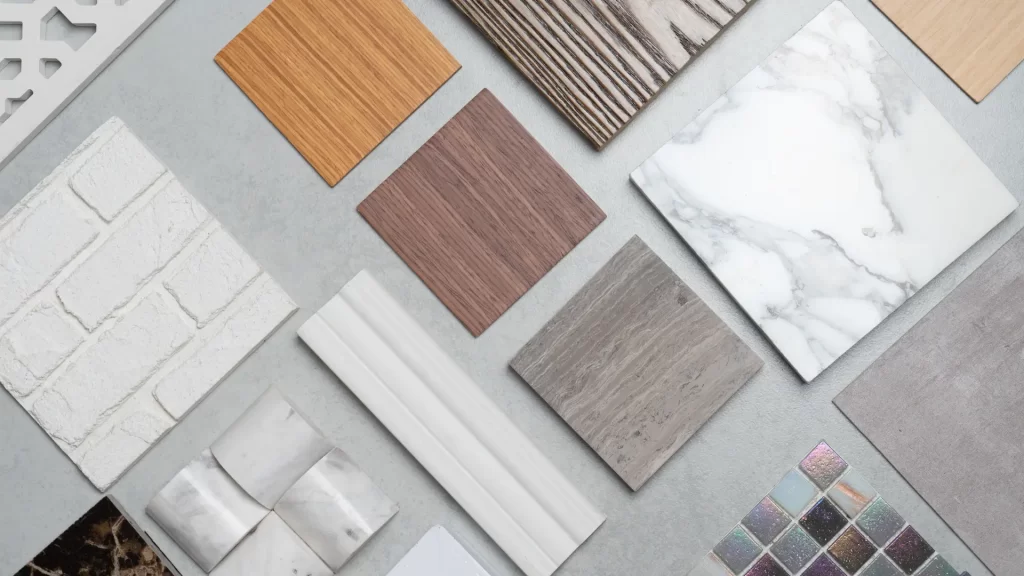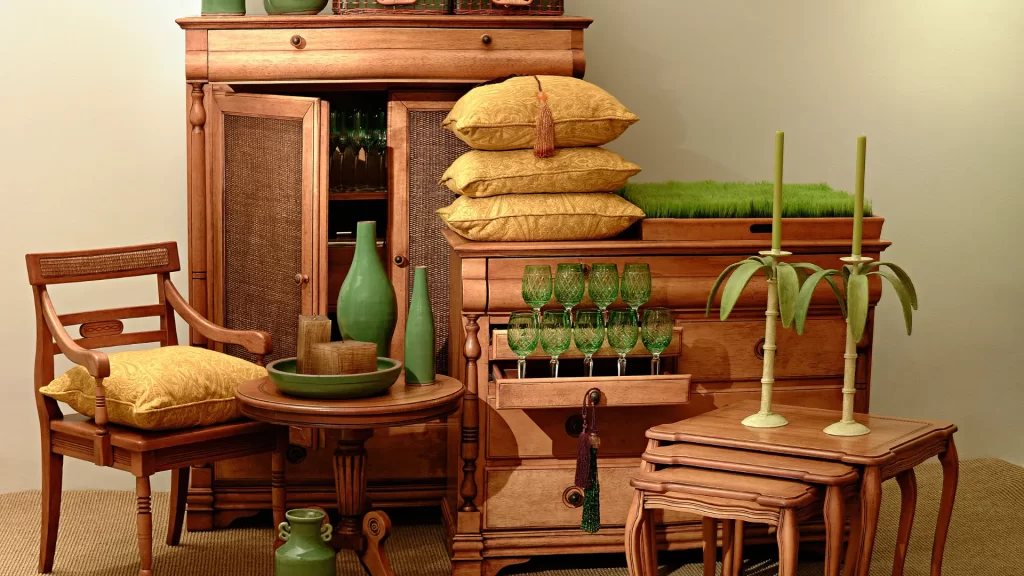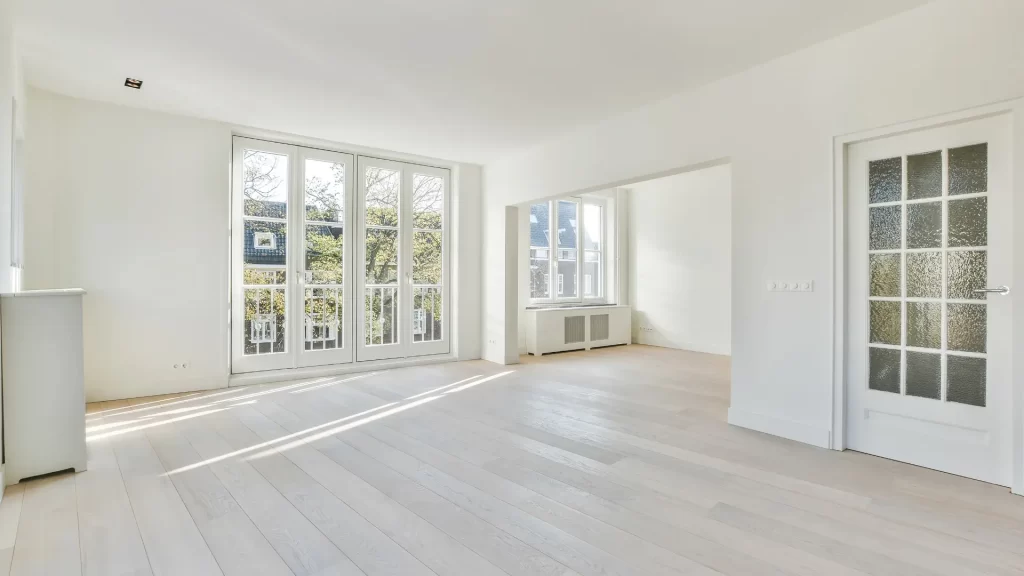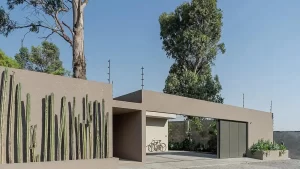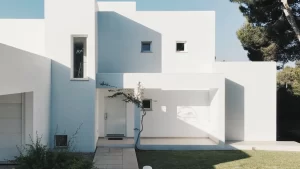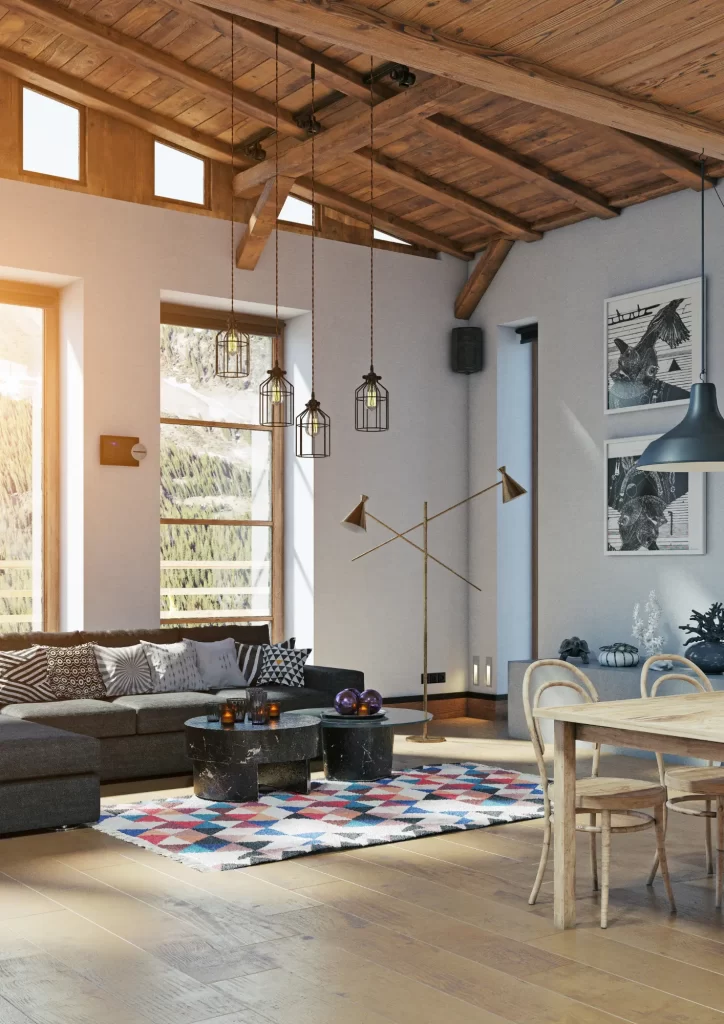Welcome to Playa Builder’s “Design Guide”! Whether you’re a new homeowner, a renter looking to spruce up your interior design home, or simply someone with an interest in creating beautiful and functional spaces, this blog is for you.
Have you ever walked into a room and felt an instant sense of calm or excitement? That’s the power of interior design. It’s the art of transforming a space into something that not only looks appealing but also reflects your personality, lifestyle, and aspirations.
You don’t have to be an architect or an interior designer to appreciate and understand the basics of interior design for your home. In fact, everyone can benefit from having a basic understanding of how to create a space that feels welcoming, harmonious, and well-balanced.
In this series of blog posts, we’ll demystify interior design, breaking it down into easily digestible concepts and practical tips that anyone can apply. Whether you’re decorating a single room or your entire home, we’ll provide you with the knowledge and inspiration to embark on your own design journey.
By understanding the basics of interior design, you’ll gain the confidence to make informed decisions when it comes to colors, furniture arrangements, lighting, in your home. You’ll learn how to create a space that not only looks great but also functions optimally for your needs.
Get ready to unleash your creativity and discover the transformative power of interior design. Let’s dive in!

Elements of Interior Design
When it comes to interior design, there are several key elements that work together to create a cohesive and visually appealing space. Don’t worry if you’re not an expert – we’re here to help you understand these elements and how they can transform your home.
- Color: Color is a powerful tool in interior design for your home. It sets the mood, evokes emotions, and can make a space feel cozy or expansive. Warm colors like reds and oranges can create a lively atmosphere, while cool colors like blues and greens promote relaxation. Experiment with different color combinations and consider the effect you want to achieve in each room.
- Space: Space is not just about the physical dimensions of a room, but also how it is utilized. Think about the layout and flow of your space. Consider the placement of furniture, the circulation paths, and the overall balance between open areas and functional zones. Make the most of your space by maximizing storage solutions and creating a sense of openness.
- Lighting: Lighting can completely transform the ambiance of a room. Natural light brings warmth and vitality, while artificial lighting sets the mood and highlights key areas. Play with different lighting fixtures, such as pendant lights, table lamps, and recessed lighting, to create layers of light and enhance the functionality and aesthetics of your space.
- Texture and Materials: Texture adds depth and visual interest to a room. Incorporate a variety of textures through fabrics, finishes, and materials. Consider soft and plush textures for comfort, sleek and smooth surfaces for a modern look, and natural elements like wood or stone to bring warmth and character to your space.
- Furniture and Accessories: Furniture and accessories play a crucial role in completing the overall design of a room. Choose furniture that not only fits your style but also suits the scale and proportion of the space. Consider the functionality of each piece and how it will be used. Accessories, such as artwork, rugs, and decorative items, can add personality and provide finishing touches to tie the room together.
Remember, you don’t have to invest in expensive furniture or hire a professional designer to create a well-designed space. By paying attention to these elements and understanding how they interact, you can transform your home into a place that reflects your personal style and meets your needs.
Principles of Interior Design
When it comes to interior design, there are some fundamental principles that can guide you in creating a harmonious and visually pleasing space. These principles are not exclusive to experts or professionals – anyone can use them to elevate the design of their home. Let’s explore these principles and how they can help you create a beautiful and balanced space.
- Balance: Balance refers to the visual equilibrium in a room. There are two types of balance: symmetrical and asymmetrical. Symmetrical balance involves creating a mirror-like effect, where elements on one side of the room are mirrored on the other. Asymmetrical balance, on the other hand, involves arranging different elements to achieve a sense of balance without perfect symmetry. Consider the placement of furniture, artwork, and accessories to achieve a visually pleasing balance.
- Proportion and Scale: Proportion and scale refer to the size and relationship of objects within a space. It’s important to choose furniture and accessories that are proportionate to the room. A large sofa in a small living room, for example, can overwhelm the space and make it feel cramped. Similarly, small decorations on a large wall may look out of place. Aim for a balance of sizes that create a sense of harmony and functionality.
- Harmony and Unity: Harmony and unity involve creating a cohesive and unified design throughout the space. Consider the overall theme or style you want to achieve and choose elements that complement each other. This could involve selecting furniture and accessories that share similar colors, textures, or patterns. Strive for a harmonious balance where each element contributes to the overall aesthetic without overpowering or conflicting with the others.
- Emphasis and Focal Points: Emphasis and focal points help draw attention to specific areas or elements within a room. Choose a focal point, such as a fireplace, a piece of artwork, or a statement piece of furniture, and arrange the other elements around it to create a sense of hierarchy. By creating a focal point, you can add interest and guide the viewer’s eye to the desired areas of the room.
- Rhythm and Repetition: Rhythm and repetition bring a sense of movement and cohesiveness to a space. By repeating certain colors, patterns, or shapes throughout the room, you create a visual rhythm that ties the design together. This can be achieved through repeating patterns in textiles, coordinating color schemes, or using similar shapes in furniture and accessories. Rhythm and repetition add a sense of harmony and flow to your space.
Remember, these principles are not strict rules but rather guidelines to help you create a well-designed space. Feel free to experiment, trust your instincts, and let your personal style shine through. By applying these principles, you’ll be able to transform your home into a space that is not only visually appealing but also reflects your unique personality and brings you joy.
The Role of Mood and Style
When it comes to interior design, it’s not just about making your space look visually appealing; it’s also about creating a specific mood and atmosphere that resonates with you. The mood and style of a room can greatly influence how you feel when you’re in it. Let’s explore the importance of mood and style in interior design and how you can create a space that truly reflects your personality and preferences.
- Setting the Mood: Every space has a mood or vibe associated with it. Some rooms may evoke a sense of relaxation and tranquility, while others may be vibrant and energetic. Think about the purpose of each room and how you want to feel when you’re in it. For instance, a bedroom might benefit from a calm and soothing atmosphere, while a home office could benefit from an environment that promotes focus and productivity. Consider elements such as color, lighting, and accessories that can help create the desired mood in each space.
- Choosing a Style: Style is an important aspect of interior design as it helps define the overall look and feel of a room. There are various design styles to choose from, such as modern, traditional, rustic, eclectic, and more. Take inspiration from different styles and find the one that resonates with you the most. Think about the kind of aesthetic you’re drawn to, whether it’s sleek and minimalistic, cozy and rustic, or vibrant and eclectic. Incorporate elements of your chosen style through furniture, accessories, and overall decor.
- Personalizing Your Space: Your home should be a reflection of your personality and interests. Personalization is key to making a space truly yours. Consider incorporating items that hold sentimental value, such as family photographs, artwork, or mementos from your travels. Additionally, showcase your hobbies or interests through unique accessories or collections. By infusing your personal touch, you’ll create a space that feels warm, inviting, and authentically you.
- Balancing Functionality and Aesthetics: While mood and style are important, it’s essential to balance them with functionality. A well-designed space not only looks good but also serves its intended purpose. Consider the needs and activities that will take place in each room and make sure the design supports those activities. For example, in a living room, prioritize comfortable seating and adequate storage for entertainment devices. Strive for a harmonious blend of style and practicality.
Remember, there are no hard and fast rules when it comes to creating the mood and style of your space. It’s all about what resonates with you and makes you feel at home. Explore different design inspirations, experiment with colors and textures, and let your creativity flow. By intentionally curating the mood and style of your space, you’ll create an environment that reflects your unique taste and brings you joy every time you step through the door.
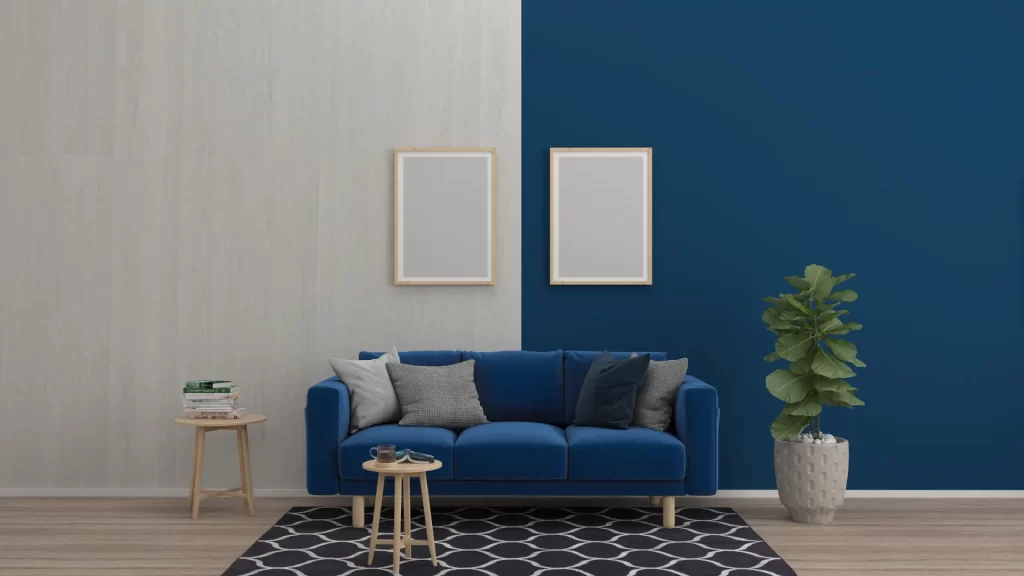
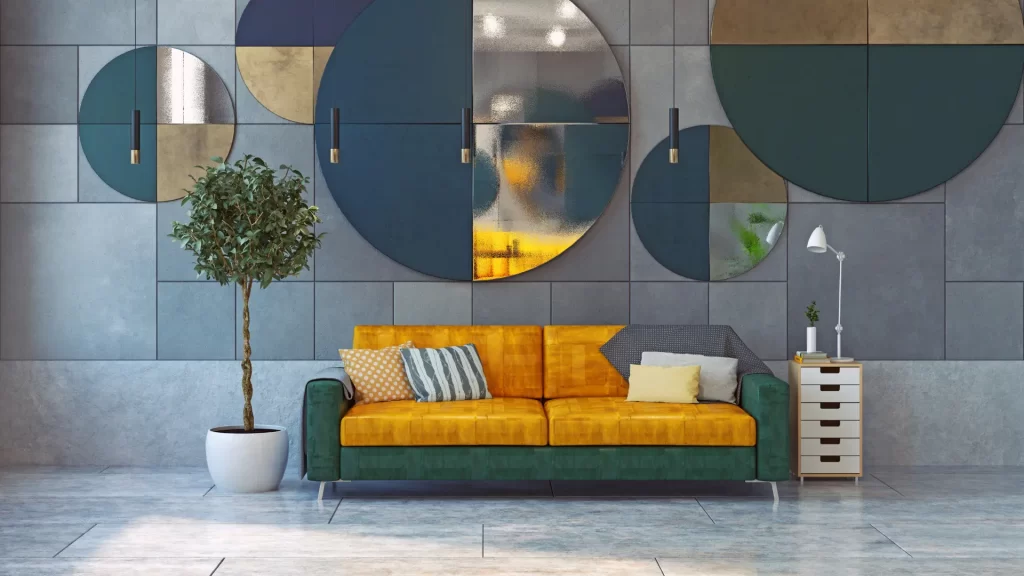
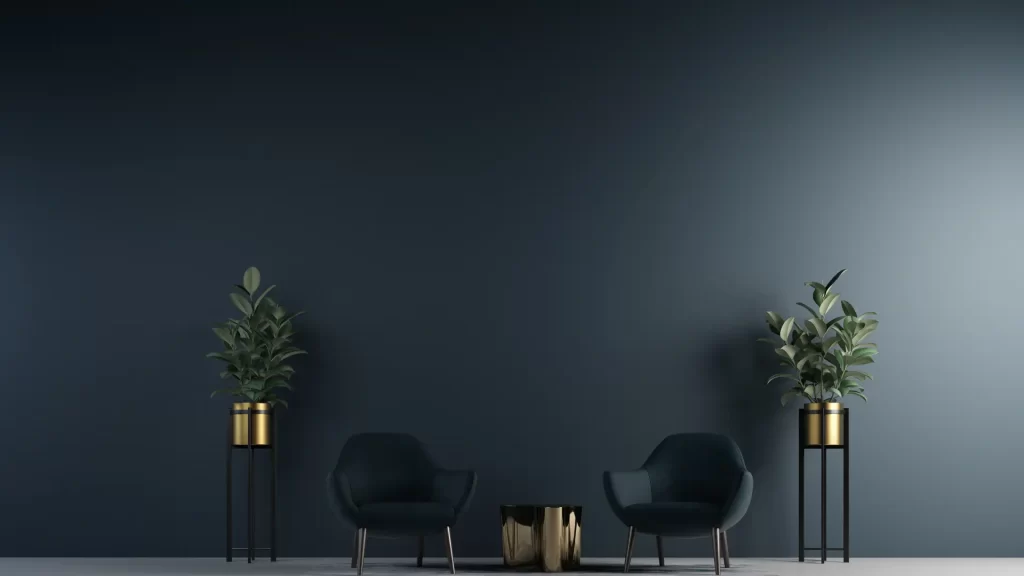
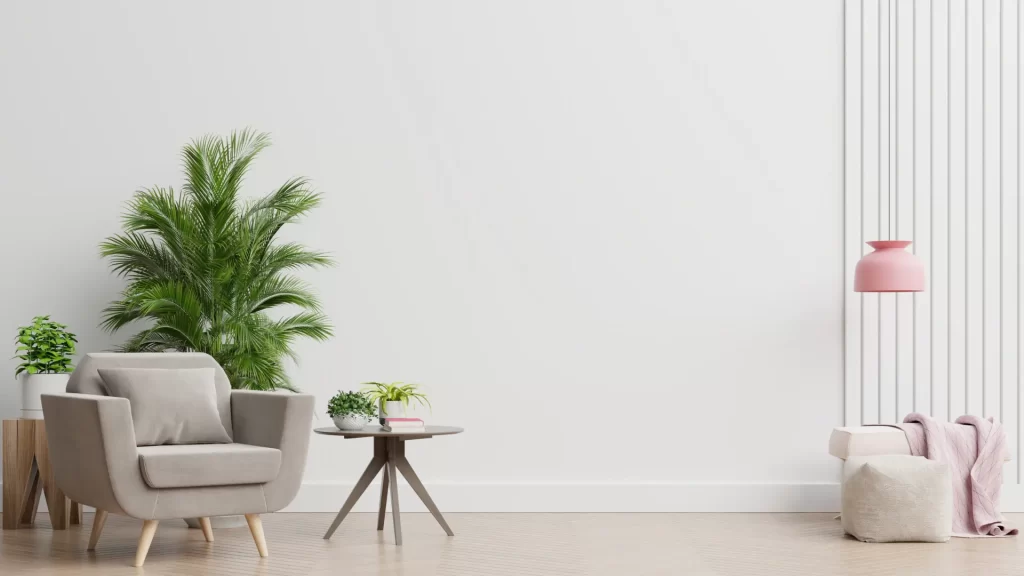
Congratulations! You’ve taken the first step towards understanding the basics of interior design for your home. We’ve covered a lot of ground, exploring the elements of interior design, the principles that guide its implementation, the role of mood and style, and the importance of personalization. You now have a solid foundation to start transforming your own space into something truly remarkable.
Remember, interior design is not just reserved for experts or professionals. It’s a creative journey that anyone can embark on. By applying the principles we’ve discussed and infusing your personal style, you can create a space that reflects your unique personality, enhances your well-being, and brings you joy.
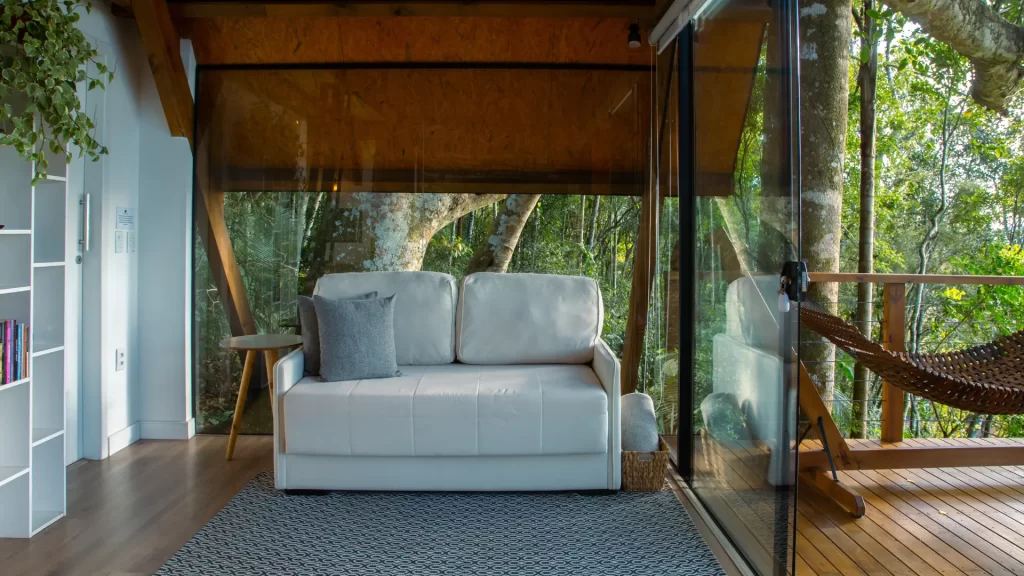
Stay tuned to our blog for more exciting blog posts from Playa Builder’s “Design Guide.” We’ll be diving deeper into various aspects of interior design, providing you with more tips, ideas, and inspiration to elevate your home. Whether you’re looking for guidance on specific rooms, design styles, or even tackling larger renovation projects, we’ll be here to help you every step of the way.
If you’re feeling overwhelmed or would like expert assistance, remember that Playa Builder offers professional interior design services. Our team of experienced designers can guide you through the entire design process, from conceptualization to implementation, ensuring that your vision is brought to life in the most beautiful and functional way possible. Don’t hesitate to reach out for a consultation.
Stay inspired, stay curious, and keep designing. We can’t wait to see what you create.

